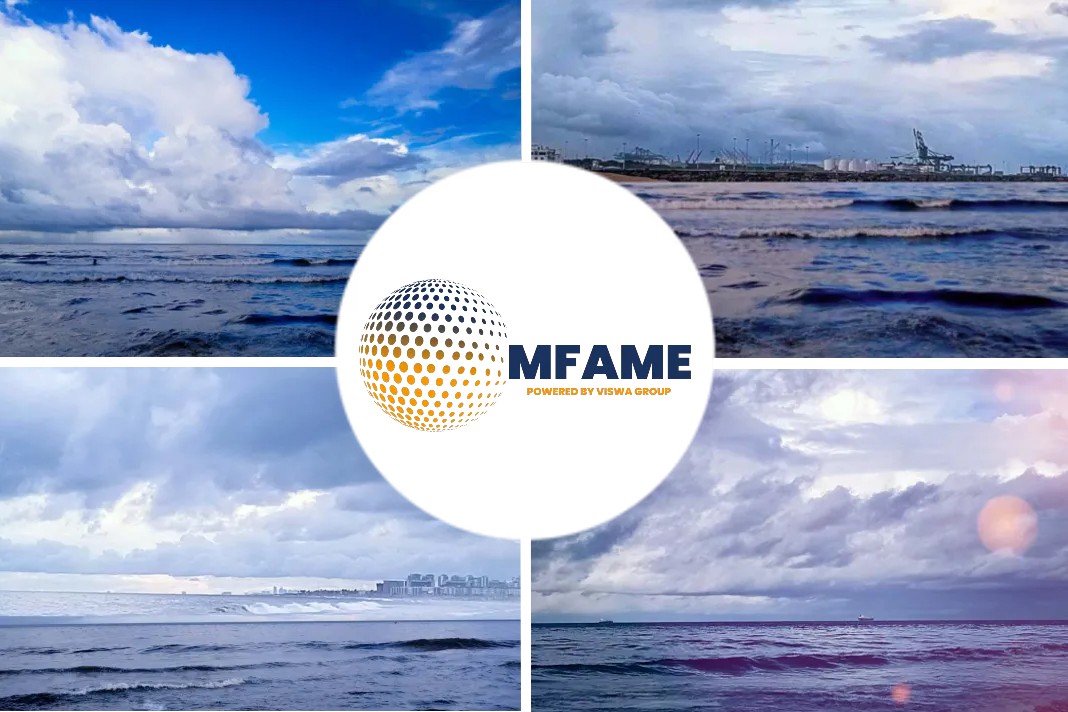- Q2 2021 crude tanker TCE earnings down 70.63% on year
- VLCC Q2 freight averaged $4.26 million, Q3 holds at $4-$4.1 million
- Merger with Diamond S nearly doubles fleet size, liquidity
International Seaways sees fleet optimization crucial with crude tanker earnings down 71%, reports Platts.
Growing demand and fleet optimization
Expectations of improving global ton-mile demand, tanker fleet optimization during the second half of 2021 provide support to International Seaways’ performance after tanker owners faced an extended period of dismally low daily earnings during the second quarter amid the ongoing global pandemic and an early transition into the historically muted summer months, the company said in the Q2 2021 earnings call Aug. 9.
“We are poised to benefit from positive long-term industry fundamentals,” the company’s CEO, Lois Zabrocky said during the call. “We will benefit as global oil demand recovers, as inventory destocking completes, and as OPEC+ production increases as per their plan.”
Low revenue in time charters
Time Charter Equivalent revenues for the company’s crude tankers in Q2 2021 were approximately 70.63% lower than that of earnings in the same quarter of 2020, ending the period at $31.1 million in 2021 compared to $105.8 million in the year before. TCE earnings for crude tankers in Q1 2021 was only incrementally higher at $35.9 million.
Crude tanker freight rates have been pressured lower by an overall lack of cargo inquiry amid the global pandemic that has left position lists long across all major ship classes.
VLCCs loading in the Atlantic basin have seen major knock-on effects, with International Seaways reporting a 238-day reduction in revenue days in the quarter, which they cited has the major contributor to their lower TCE earnings.
Freight for VLCCs on the benchmark 270,000 mt USGC-China run averaged $4.26 million in Q2 2021, with the peak freight rate at the start of the quarter on April 1 at lump sum $4.7 million, S&P Global Platts data showed. So far in Q3 2021, freight for the route has remained at a narrow range of $4 million-$4.1 million.
Growing global oil demand
International Seaways expects a return of global tanker demand come 2022 looking towards improved vaccine roll outs and the return of 2 million b/d OPEC+ supply from August to December.
The sentiment was echoed by S&P Global Platts Analytics, which expected the fourth quarter to bring a sustained freight market recovery, according to the August Tanker Freight Market Forecast.
Global oil demand is set to grow by 2 million b/d in August and by 4.9 million b/d in 2022, according to Platts Analytics, sustaining greater tanker demand than seen in the past quarter.
The company is also watching medium to long term impacts of a historically low orderbook, which sits at 9.5% of the total fleet for VLCCs and 5.7% for Medium-Range tankers, with shipowners hesitant to purchase new ships amid uncertainty surrounding the current market environment, decarbonization regulations, and high newbuild prices, the company said.
Fleet optimization developments amid low cycle
International Seaways optimized its fleet to better position itself in the uncertain pandemic and future regulatory environment by completing the merger with Diamond S Shipping at the end of the second quarter and by divesting of some older tonnage, taking advantage of a bullish ship recycling market.
“Our completed merger is highly accretive to earnings and cash flow, and we continue to expect cost synergies in excess of $23 million and revenue synergies of $9 million to be fully realizable within 2022,” Zabrocky said.
Through the merger the company doubled its fleet size to total 100 crude and products tankers and divested of a 2002-built VLCC, agreed to sell four 2002-03-built Panamaxes and seven MRs acquired in the merger.
In a step to develop a more efficient fleet, the company purchased three dual-fuel LNG powered VLCCs in partnership with Shell in Q1, whose values have increased since then by an estimated $45 million total, the company’s presentation showed.
Zabrocky emphasized the importance of making these decisions in a low freight environment as the market is currently facing, with company already seeing increases in value on investment decisions and to keep them well prepared for the future.
“I believe we will continue to see inquiries for dual-fuel ships,” Zabrocky said. “This is something we will talk about every call for the forseeable future.”
International Seaways fleet of 97 owned ships includes 13 VLCCs, 15 Suezmaxes, four Aframaxes, seven Panamaxes, one LR2s, five LR1s, 44 MRs, six Handysize tankers, and two floating storage or offloading service ships.
Did you subscribe to our daily newsletter?
It’s Free! Click here to Subscribe!
Source: Platts



















